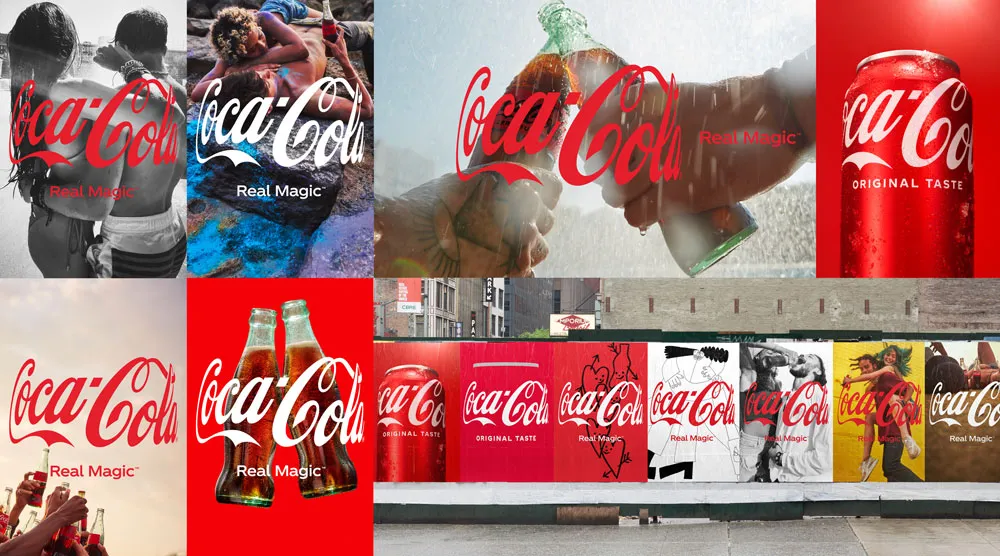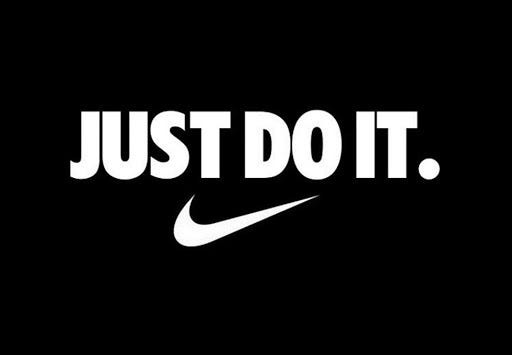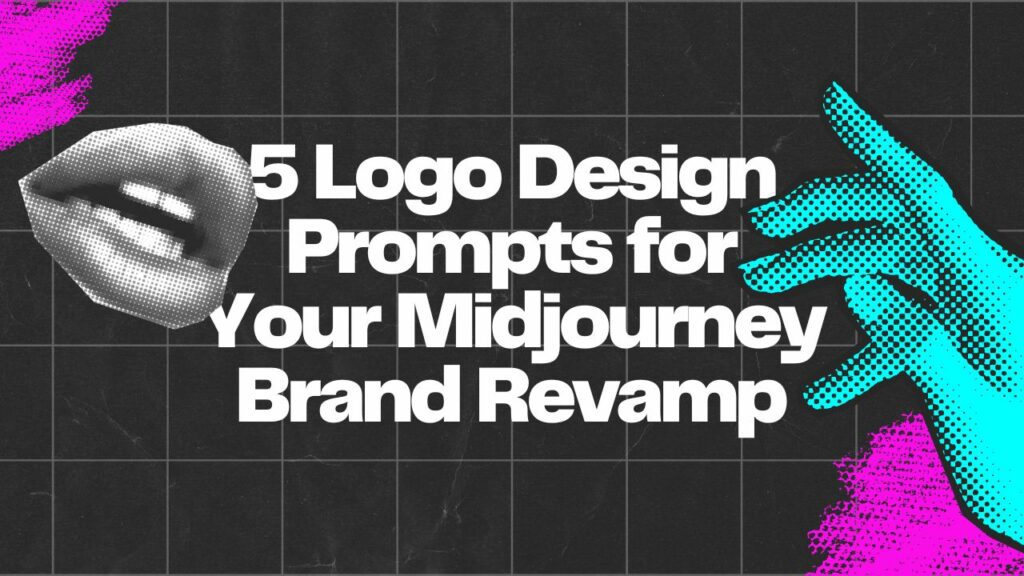- Understanding Design Consistency
- What Are The Tangible Benefits of Consistent, High-Quality Designs?
- The Metrics That Matter
- Gaining The Edge With High-Quality Designs
- Challenges in Measuring Design Impact
- Adopting a Holistic Approach
- Conclusion: The Undeniable Power of Design
In the intricate web of brand strategy, design emerges as one of the most potent threads. From logos that linger in memory to advertisements that arrest our attention, the role of design in branding is undeniable. Yet, the genuine value of consistent and high-quality designs can sometimes be elusive to quantify. This article takes a look into measuring the tangible and intangible impacts of top-tier design consistency.
Understanding Design Consistency
Before we delve into measurements, it’s important to understand what consistent design entails. Design consistency doesn’t mean monotony; it means creating a visual language for a brand that remains recognizable across different media and over time. It builds familiarity, breeds trust, and ultimately drives brand loyalty. Below are some examples of some of the top brands understanding how important Design Consistency is.

Apple: When you think of design consistency, Apple stands out. From their product designs, like iPhones and MacBooks, to their software interfaces (iOS, macOS) and even their retail stores, there is a clear and consistent visual language. The minimalist design, use of whitespace, and distinct font choices are recognizable anywhere. This consistency has played a significant role in building a robust brand loyalty among its users.
Coca-Cola: This iconic brand has had a consistent visual language for over a century. Whether it’s the unmistakable script logo, the contour bottle design, or the consistent red color, Coca-Cola has made sure its brand is instantly recognizable across different media, from print ads to digital campaigns.




Google: The tech giant keeps a consistent design across all its platforms. Whether you’re using Google Search, Google Drive, or Google Maps, the layout, color schemes, and even the feel of the interactions remain consistent. This makes the user experience seamless and intuitive across their services.
McDonald’s: The golden arches, the red background, and even the interior design of the restaurants are all consistent globally. Whether you’re in Tokyo or New York, the McDonald’s experience remains familiar.




Nike: The “swoosh” logo and the “Just Do It” tagline have been consistently used by Nike across all marketing campaigns and products. This consistency has been pivotal in establishing Nike as a dominant force in the sportswear market.
Spotify: Their distinct green color, modern typography, and user interface design are consistent across web and mobile applications. This design consistency provides users with a familiar and user-friendly experience no matter the device they’re on.




Netflix: From its website to its mobile application, Netflix maintains a consistent user experience. The signature red color, logo placement, and even the layout of movie titles offer a uniform appearance that makes the platform instantly recognizable.
What Are The Tangible Benefits of Consistent, High-Quality Designs?
- Increased Brand Recognition: A consistent design makes a brand easily recognizable. This recognition can lead to higher purchase intentions and customer loyalty.
- Improved User Experience (UX): Consistency in design elements, especially in digital interfaces, leads to intuitive navigation and a better overall user experience.
- Higher Conversion Rates: With improved UX and brand trust, businesses often witness higher conversion rates, be it sales, sign-ups, or any other desired action.
The Metrics That Matter
- Brand Recall: After exposure to your designs, how many people can recall your brand without prompting? High brand recall indicates effective design consistency.
- Engagement Rates: On digital platforms, consistent and quality designs often translate to higher engagement rates, be it likes, shares, or comments.
- Customer Satisfaction Scores (CSAT): Measure the satisfaction levels of customers interacting with your brand across various touchpoints to gauge the efficacy of your designs.
- Net Promoter Score (NPS): A metric to understand how likely customers are to recommend your brand based on their interactions, heavily influenced by design experiences.
Gaining The Edge With High-Quality Designs
- Trust Building: Familiarity, bred from consistent designs, creates a subconscious bond of trust with the audience.
- Emotional Resonance: High-quality designs can evoke specific emotions, fostering deeper connections between brands and their audiences.
- Brand Personality: Consistent designs can endow brands with distinct personalities, making them relatable and humanized in the eyes of the consumer.
Challenges in Measuring Design Impact
While the metrics mentioned provide a solid framework, design’s real impact often stretches beyond tangible numbers. Factors like cultural shifts, market volatility, and competitive actions can influence a brand’s performance, making it challenging to isolate design’s direct impact.
Adopting a Holistic Approach
To truly gauge the power of consistent, high-quality designs, brands must adopt a holistic approach:
- Surveys and Focus Groups: Direct feedback from customers provides invaluable insights into how designs are perceived and their impacts.
- A/B Testing: Especially in the digital realm, testing variations can give concrete data on which designs resonate more with audiences.
- Long-Term Monitoring: The real value of design consistency is often a long game. Monitoring brand health metrics over extended periods can reveal the sustained benefits of consistent designs.
Conclusion: The Undeniable Power of Design
In the branding universe, design isn’t just about aesthetics; it’s about creating experiences, evoking emotions, and building lasting connections. While measuring its impact might require a blend of quantitative and qualitative methods, the results are clear: consistent, high-quality designs are a brand’s ticket to enduring success in a dynamic marketplace.


